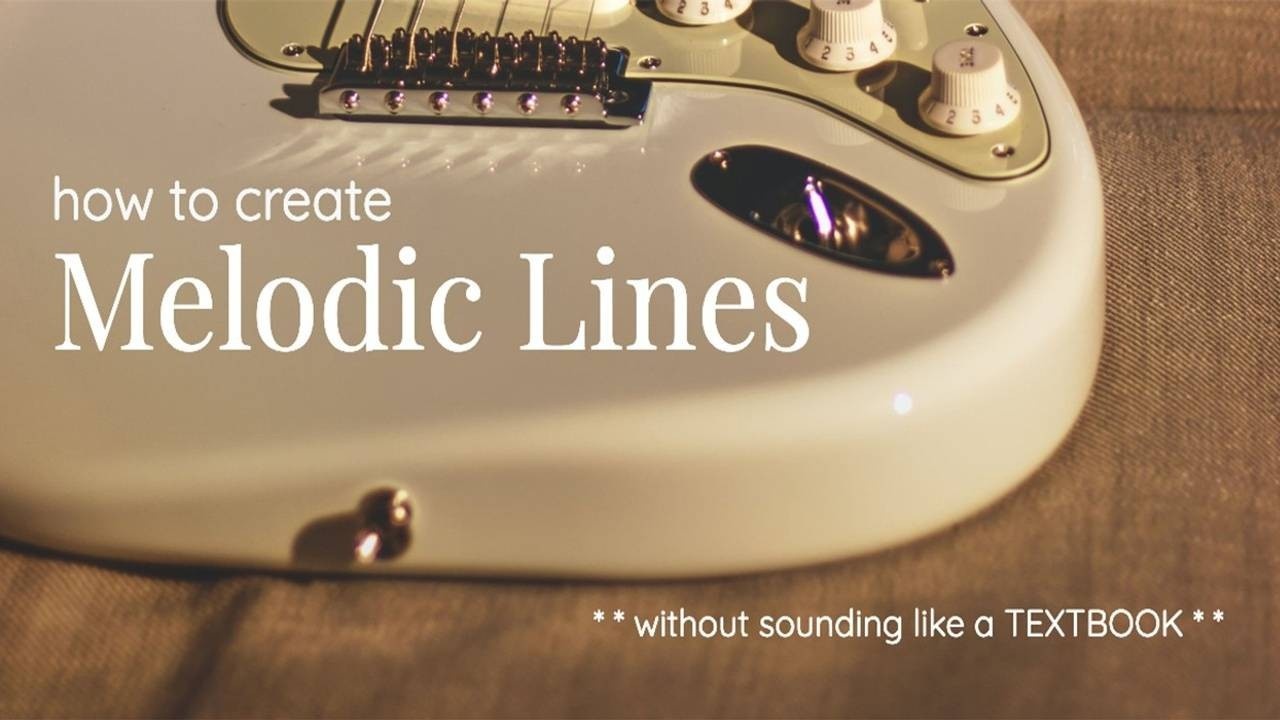
Creating Melodic Lines from Scales and Arpeggios
Nov 22, 2020How not to sound like a textbook when you're soloing
You can get started creating your own melodic lines with simple scales and arpeggios immediately. It is so often understood in jazz improvisation that we are to play the "right" notes over various chords.
And while we talk about and teach these "right" notes, we often forget to talk about how to use them! Today we will discuss not sounding like a textbook in jazz improvisation.
This is a vast subject, but here are a few simple ideas to get you thinking about and developing your own language for jazz improvisation. Ready? Go!
The Two Approaches
The first approach concerns the use of arpeggios: an arpeggio is when we play each note of the chord individually (in succession) instead of simultaneously. A straightforward example of an arpeggio is the note sequence Root, 3rd, 5th, 7th. Using arpeggios to create your musical lines is generally referred to as a vertical approach to improvising.
For example:

See this article on jazz improvisation using arpeggios
The second approach is horizontal. The horizontal approach uses specific modes associated with each chord to develop melodic ideas in your music.
For example:

See this article on improvisation using scales
Of course, during a typical jazz solo, vertical (arpeggios) and horizontal (scales) concepts are blended together seamlessly. Here are a few examples to get you started in thinking about your playing using these two approaches without sounding like a textbook!
Exercises : The Reference PDF
Here's the PDF with all jazz improv melodic lines examples on this page:
Jazz Improvisation: Download the PDF Reference here...
1 - Arpeggios
Using just notes from the arpeggios play simple melodic lines (musical phrases) in two directions: ascending and descending. An arpeggio being made of 4 notes you can start on any note you like.
Start on the root, third, fifth or seventh but keep the notes in the same order. Here are the four possibilities :
R-3-5-7
3-5-7-R
5-7-R-3
7-R-3-5
The rhythm will be just eight notes, for now. Here are two good starting points on Dm7 and G7 :

Ascending - EXAMPLE 1A

Descending - EXAMPLE 1B
Of course you can combine the ideas of ascending and descending and get something like this (on C major 7th chord):

Ascending and Descending - EXAMPLE 1C
2 - Scales
Starting with any note in the scale, play a group of three consecutive notes. Once again, use eighth notes as your primary rhythmic material.
Ascending - EXAMPLE 2A
Descending - EXAMPLE 2B
Ascending and descending - EXAMPLE 2C



Once you "get" the concept, create your own lines ASAP !
3 - Mixed Approaches
Of course, mixing horizontal and vertical (scales and arpeggios), it will start to sound more "real" and probably like some lines you hear on jazz recordings.

Mix the two approaches together!
Real Jazz Improvisation:
Creativity using Basic Musical Building Blocks
Notice how all three of these approaches only use notes form the major scale! You can use the D Dorian mode for Dm7, G Mixolydian mode for G7 and the C Major scale for C chord. Still, only the notes C D E F G A B are present! See this article about jazz scales...
By exploiting the shapes and structures available to us we create ideas that our ear (and hopefully the ear of the listener) enjoys. Through simple devices such as repetition and motivic development we instantaneously create phrases that our ears can understand. This is the crux of jazz improvisation.
If you consider the goal of music, be it improvised or composed, to be to communicate ideas in the form of language, then it makes sense to need some sort of structure in order to communicate in a way that both, listeners and players, can understand.
Think of making musical statements.
Some of these structures are more complicated than others, but they are building blocks nevertheless. For example, the repeated structure of descending arpeggios can give enough continuity to your line to have it sound like a statement. You can also build from a simple two or three note motif.
These are simple ways to get you started creating your own melodies for jazz improvisation. As you are exploring each approach, take the time to listen to closely to what you are playing. Ask yourself, what sounds good to your ears?
Of course, this is only the beginning. Create some other options for yourself (there are so many!) and discover your sound!










